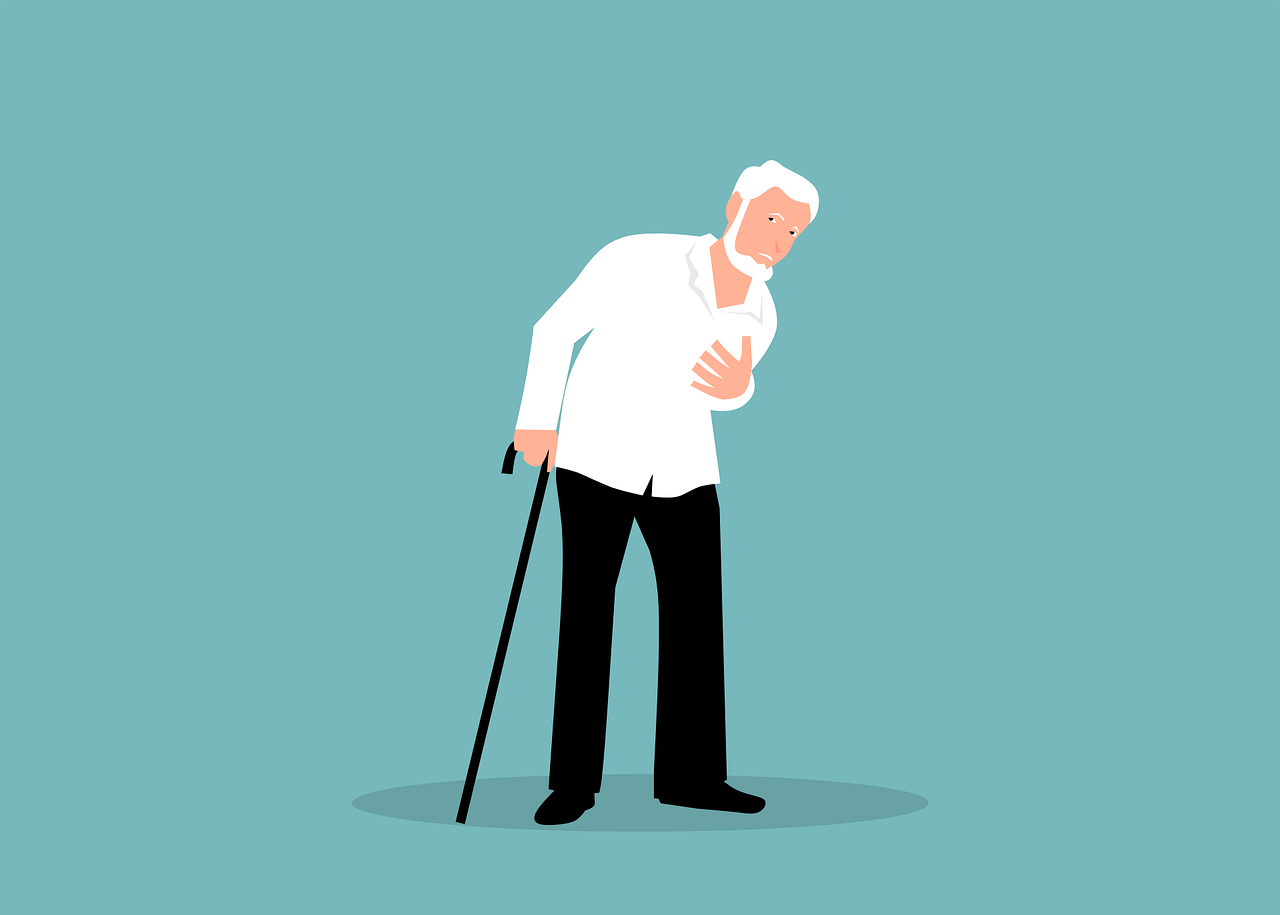Media release
From:
JOURNAL OF NEUROLOGY NEUROSURGERY & PSYCHIATRY
Externally peer reviewed? Yes
Evidence type: Observational
Subjects: People
Men at high risk of cardiovascular disease face brain health decline 10 years earlier than women
Most vulnerable regions those involved in aural, visual + emotional processing, and memory
Findings observed both in those who did and didn’t carry high risk APOE ε4 gene
Men with cardiovascular disease risk factors, including obesity, face brain health decline a decade earlier—from their mid 50s to mid 70s—than similarly affected women who are most susceptible from their mid 60s to mid 70s, suggest the findings of a long term study, published online in the Journal of Neurology Neurosurgery & Psychiatry.
The most vulnerable regions of the brain are those involved in processing auditory information, aspects of visual perception, emotional processing and memory, with the damaging effects just as evident in those who didn’t carry the high risk APOE ε4 gene as those who did, the findings show.
It’s clear that cardiovascular disease risk factors, such as type 2 diabetes, obesity, high blood pressure, and smoking are associated with a heightened risk of developing dementia.
But when might be the best time to intervene with appropriate treatment to stave off the associated neurodegeneration, and whether this timing might differ between the sexes, isn’t clear, say the researchers.
To explore this further, they drew on 34,425 participants of the UK Biobank all of whom had had both abdominal and brain scans. Their average age was 63, but ranged from 45 to 82.
Cardiovascular disease risk was assessed using the Framingham Risk Score, which is based on: age; blood fats; systolic blood pressure—the maximum arterial pressure exerted when the heart contracts and pumps blood, and represented by the first higher number in a reading—blood pressure medication; smoking; and diabetes.
Additionally, changes in brain structure and volume were recorded using a neuroimaging technique called Voxel-based morphometry (VBM) to identify the influence of cardiovascular risk, abdominal fat, and the fat that surrounds body organs (visceral adipose tissue) on brain neurodegeneration.
Analysis of the data showed that higher levels of abdominal fat and visceral adipose tissue were associated with lower brain grey matter volume in both men and women.
The strongest influence of cardiovascular risk and obesity on brain neurodegeneration occurred a decade earlier in men than in women and was sustained over two decades, the data revealed. The effects were also stronger in men than they were in women.
Men were most susceptible to the damaging effects between the ages of 55 and 74, while women were most susceptible between the ages of 65 and 74.
High cardiovascular risk and obesity predisposed to gradual loss of brain volume over several decades, occurring in a bell-shaped curve over time, with susceptibility lower at younger (under 55) and older ages (75+), although there were relatively few participants of either sex in these age groups, note the researchers.
Importantly, the associations remained, irrespective of whether or not those affected were carriers of the high risk APOE ε4 gene.
The most vulnerable regions of the brain were the temporal lobes, located in the cerebral cortex, the brain’s outer surface. These regions are involved in aural, visual, and emotional information processing, and memory—regions affected early on in the development of dementia.
“The detrimental impact of cardiovascular risk was widespread throughout cortical regions, highlighting how cardiovascular risk can impair a range of cognitive functions,” note the researchers.
“Therefore, modifiable cardiovascular risk factors, including obesity, deserve special attention in the treatment/prevention of neurodegenerative diseases, including Alzheimer’s disease,” they add.
“This highlights the importance of aggressively targeting cardiovascular risk factors before the age of 55 years to prevent neurodegeneration and Alzheimer’s disease, in addition to the benefit of preventing other cardiovascular events, such as myocardial infarction [heart attack] and stroke,” they emphasise.
“One such possibility may be in the repurposing of agents used for obesity and type 2 diabetes mellitus for the treatment of Alzheimer’s disease,” they suggest, adding that other drugs used for the treatment of cardiovascular disease have also shown promise.
This is an observational study, so no firm conclusions can be drawn about cause and effect. And the researchers acknowledge various limitations to their findings, including that the UK Biobank didn’t record specific biomarkers for Alzheimer’s disease.
Atrophy of frontal, parietal, and temporal brain regions is also typical of normal ageing, making it difficult to precisely differentiate between the impact of cardiovascular risk on general ageing processes and the risk of specific neurodegenerative conditions, they add.
But there are plausible biological explanations for the observed neuronal damage, they explain. These include inflammation, central leptin and insulin resistance, as well as the breakdown of the blood-brain barrier.
And they conclude: “Targeting cardiovascular risk and obesity a decade earlier in males than females may be imperative for potential candidates to achieve a therapeutic benefit in preventing neurodegeneration and cognitive decline.”



 International
International



